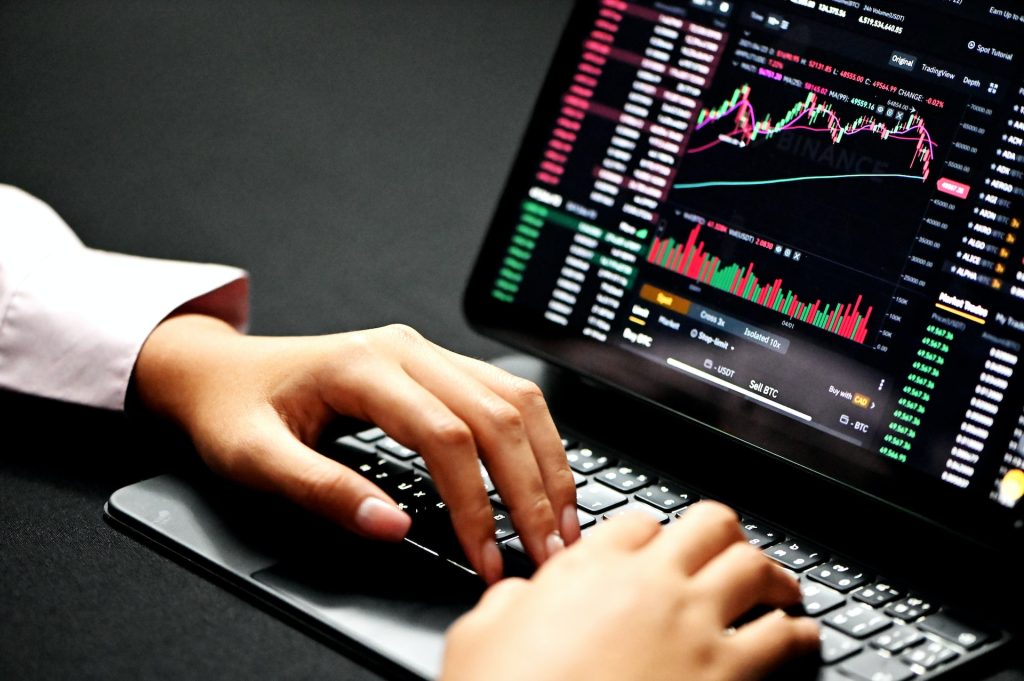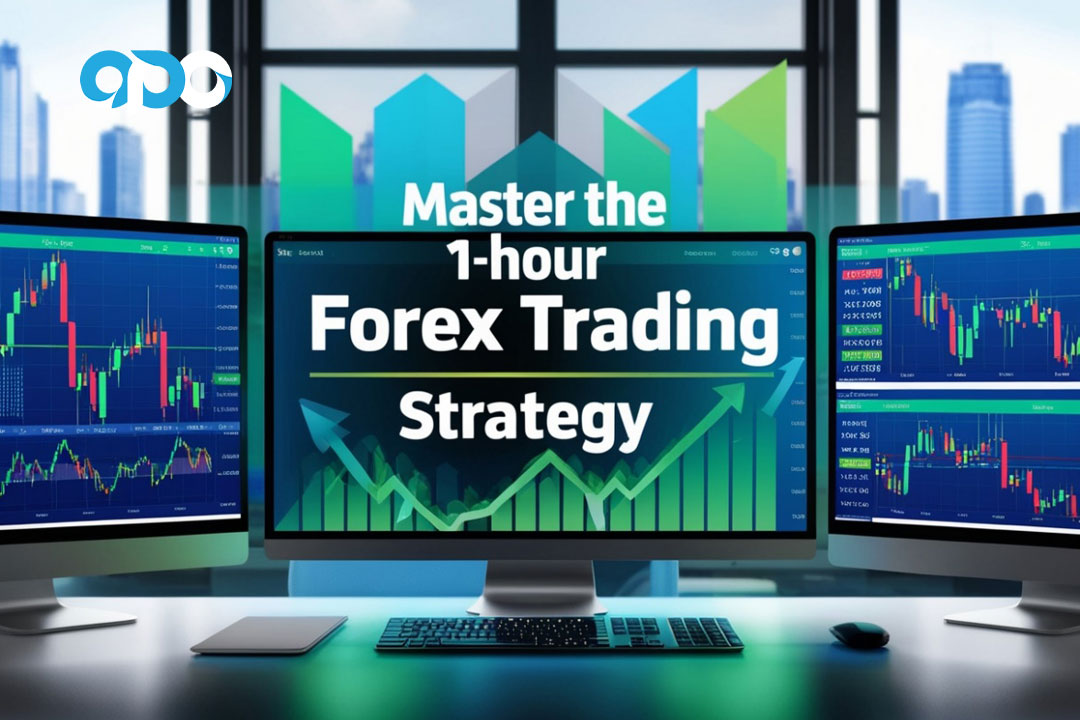Free Reasons To Picking Forex Trading Sites
Wiki Article
Top 10 Risk Management Strategies For Forex Online Trading
Forex trading is a high-risk business. The most successful Forex traders must manage their risk. Here are the top 10 strategies for managing risk to protect your capital investment and reduce the risk of losses.
Create Stop Loss Orders for Every Trade
1. Stop-loss trades are automatically closed when the price of the market is at certain levels, thus limiting losses. By setting a Stop-Loss, it is possible to ensure that your losses are limitless if the market shifts against the trader. Always put a stop-loss in place immediately before you open a trading.
2. Define Risk per Trade
Limiting the amount that you put at risk in one trade is generally recommended to be no more than 1% of your total balance. This will allow you to remain on the market through losing streaks and avoids significant losses to your account from one trade.
3. Use Proper Position Sizing
The size of the position is the amount of currency that you trade or buy in a specific trade. The size of your position will depend on your account's size, the amount of risk you are taking for a specific trade, and the stop-loss you have set. In this case when the stop-loss amount is greater than the size of your account, you must decrease the size of your position to ensure a steady degree of risk.
4. Avoid Over-Leveraging
The high leverage can increase both gains and loss. Brokers usually offer high amounts of leverage for beginners however they should opt for moderate leverage. If you fail to make a trade the leverage could quickly drain your account. It is recommended to begin using a low leverage (1:10 and less) until you gain the experience.
5. Diversify Your Trades
Do not invest all your capital in one currency pair. The ability to trade different timeframes and currencies lowers the risk of losing money due to sudden events that impact one pair or segment. Avoid too much diversification because it may dilute focus and spread out your trading too thin.
6. Create the Trading Plan that includes Risk Limits
It is possible to maintain discipline by creating a trading strategy with guidelines that clearly define the entry and exit points as well as your risk tolerance. Set daily or week-long risk limits. It is not advisable to take on over 5 percent of your money per day. Stop trading if you have reached your limit. Don't keep trading because of frustration or emotions.
7. Use trailing stops for maximum earnings
A trailing-stop is a dynamic loss stop that adjusts to the direction of your trade. You can capture profits in the case of a market reverse but still allow your trade to expand if it's towards a positive direction. It's an effective method of securing profits without closing the trade too in the middle.
8. Be aware of your emotions and stay clear of revenge trading
Emotional trading often leads to poor decision-making and excessive risk. The combination of greed, fear and anger can cause you to take impulsive trades or put more at risk than you originally. Avoid revenge trading or trying recover losses with one trade after losing a trade. Stay with your strategy and limit risk to prevent escalating losses.
9. Avoid Trading During High-Impact News Events
Extreme market volatility can be caused by high-impact events like announcements by central banks or economic statements. It's best to avoid news trading if your aren't experienced. Price fluctuations can cause unexpected losses.
10. Keep a Trading Journal and Examine Your Mistakes
Keeping a journal helps you to learn from both losing and winning trades. You should record details about every trade. It should include the reason for which you made the trade and the risks associated, the stop-loss setting and how the trade turned out. A regular review of your journal can reveal patterns in your mistakes and successes, helping you enhance your risk management as time passes.
Forex trading is a complex process that requires a lot of risk management. It is crucial to identify profitable opportunities as well as control your risk. These suggestions can help you limit your losses, protect capital and develop an effective long-term strategy for trading. Check out the recommended https://th.roboforex.com/ for more examples including forex brokers list, forex trading app, platform for trading forex, forexcom, broker cfd, forex trading platform, forex trading forex, app forex trading, forex market online, forexcom and more.

When Considering Online Forex Trading Here Are 10 Helpful Tips On How To Leverage Your Account.
The leverage in Forex trading can be an extremely effective tool, boosting both gains and losses. Here are 10 top tips to help you understand and make the most of leverage: 1.
1. Know the Basics of Leverage
Leverage lets you manage a larger position that your actual capital. For instance an example, a leverage of 1:100 means that you control the market by purchasing $100 for every dollar in your account. This implies, however, that every market change affects your balance in the same way, which can lead to both losses and gains.
2. Be aware of the risks associated with high Leverage
Leverage can increase profits as well as losses. With a ratio of 1:500 for example, a 0.2 percent price change could erase your entire investment. Many novice traders are attracted by leverage that is high but be aware that it could result in massive losses in the event that the market is against you.
3. Start with Low Leverage
Especially if you're new to Forex trading, start with a lower leverage ratio, like 1:20 or 1:10. This lets you manage your losses and gain confidence while reducing the risk of losing a substantial portion of your money.
4. Calculate the Margin You Need
Each leveraged trade has the margin requirement, which is the amount you must keep in your account to be able to open the position. In this case, a $10,000 transaction requires only $100 of margin when leveraged 1:100. You must understand these requirements in order to avoid liquidation or having your position called.
5. Leverage is a good instrument to be used in conjunction with your trading strategies
The tight stop loss placements in high-frequency, short term trading may permit moderate leverage. As long-term positions are often held throughout more significant price movements, they can gain from a tiny amount of leverage. You can tailor leverage to each trade based on its duration and the goal.
6. Create Strict Stop Loss Orders for Each Trade
Stop-loss options limit the loss of a leveraged transaction, and protect your investment in the event the market moves against you. Make sure you set your stop-loss in accordance with your risk tolerance. This method keeps your losses under control.
7. Monitor Your Leverage Ratio Regularly
Leverage ratios may change when your balance on your account changes. Therefore, you should monitor your portfolios regularly to ensure that you don't over-leverage. It is possible to maintain a healthy leverage ratio by closing or decreasing certain trades.
8. Make use of a Margin Calculator, or Leverage Tool
A lot of brokers offer margin calculators as well as tools to help you determine how much leverage is being employed, and the amount of margin required to make the particular trade. These tools help you understand the risk that you are taking and help you avoid overuse of leverage.
9. Be aware of the restriction on leverage by the Region
Different regions have different guidelines in terms of leverage based on rules and regulations. In the U.S. for example, retail traders can have a maximum leverage ratio of 1:50, whereas in the EU the maximum leverage limit for major currency pairs has been set at 1:3. Select a leverage ratio that is within legal limits to ensure compliance and minimize the risk.
10. Re-evaluate your leverage in light of current market conditions
Market conditions can change quickly and alter the risk profile of leveraged investments. Think about reducing your leverage or altering your exposure during volatile events like market releases with high impact or news releases. Letting your leverage lower during periods of uncertainty can shield you from large, unexpected price fluctuations.
In the end one should approach leverage with a thorough knowledge of its advantages and risks. When you choose the right leverage ratio appropriate, using stop-loss protection orders, and using leverage in a responsible manner you can minimize the risks while reaping the benefits. Read the most popular https://th.roboforex.com/partner-program/ for more tips including foreign exchange trading platform, broker forex usa, fx trading forex, broker forex usa, forex trading demo account, top forex trading apps, app forex trading, forex and trading, 4x trading, best forex broker trading platform and more.

Strategies For Trading Forex To Meet Your Financial And Personal Goals
Forex trading requires you to define clear financial and personal goals. Goals that are clearly defined will help you stay focused and focused, while also keeping you on track with your financial goals. Here are ten suggestions for setting and achieve financial and personal objectives when trading online.
1. Define Your Financial Objectives Clearly
Make specific financial goals, such an income target or annual return goal. Select whether your objectives are for capital growth or an additional source of income. Knowing your goals will help you select strategies that will help you achieve your the desired results.
2. Create a Realistic Timeframe
To become proficient and better at trading in forex, you must take time. Set short, mid-term, or long-term goals that allow you to keep track of your progress and keep away from unrealistic expectations. If you want to achieve regular monthly returns, your long-term goal is to create a profitable trading strategy.
3. Determine Your Risk Tolerance
Consider your level of comfort with the risk. Be sure that your goals and level of comfort are in line. You must be prepared to accept greater volatility, and even potential losses, in the case of high returns. Knowing your level of risk tolerance will aid you in deciding on strategies and goals that don't go beyond your comfortable zone.
4. Plan a Capital Allocation Strategy
Determine the amount you are willing and able to invest in Forex trading. Be sure that the amount you invest in trading is at a level that you can afford to risk without affecting the stability of your finances. Be sure your trading capital does not interfere with your funds needed to pay bills or save.
5. Priority is given to the growth of the skills
Do not focus solely on financial returns. Instead, you should strive to continuously improve your knowledge and trading skills. You can set skill improvement goals, such as understanding certain strategies in trading and improving your risk management capabilities or figuring out how to manage your emotions when under stress. As time passes, the skills you develop will lead to better results.
6. Prioritize Consistency Over Large Wins
Many beginners want to earn huge profits quickly however, those who have been trading for a while are aware that steady, regular gains are more reliable. Set the goal for each month to achieve an achievable percent increase. Concentrating on steady gains will help you avoid risky behaviors and create a more reliable track of your performance.
7. You must commit to tracking and evaluating your own performance
Create a plan to keep the journal of trading where you log every trade, evaluate the outcomes, and reflect on lessons learned. You can adjust your strategies, improve your method, and remain accountable by analyzing your performance on a monthly or quarterly basis.
8. Create goals for your behavior and mental health.
Trading requires mental discipline as well as control of emotions. Create goals for yourself, such as minimizing impulsive transactions, sticking to your trading plan and limiting your urge to retaliate against trades. These goals will assist you to develop an enlightened and disciplined strategy.
9. Avoid Comparison with Others
Forex trading is a unique experience, and comparing yourself with other traders' outcomes can lead you to make dangerous or unwise choices. Make your goals based on your own personal growth and financial capability and not on the performance of other traders. Focus on a gradual improvement rather than competing with others.
10. Set a financial goal or exit strategy
Set a goal that you'll either stop trading, take profits out, or assess your overall progress. If, for instance, you reach a specific profit milestone, you may be tempted to cash out your gains and have fun with them, or put them into investments elsewhere. The "take-profit" level can prevent the trader from doing too much and allow you to take pleasure in your progress.
Establishing and implementing well-defined personal and financial goals for Forex trading can improve your discipline, reduce anxiety, and help you to long-term achievement. Make sure you adjust your goals as you grow and focus on continual improvement in consistency, consistency, and personal accountability. Take a look at the most popular https://th.roboforex.com/clients/services/up-to-10-percents-on-account-balance/ for blog examples including forex trading platform, trader fx, united states forex brokers, fx trading forex, forex trading, forex trading brokers, 4x trading, best forex trading platform, fbs broker review, best broker for currency trading and more.
